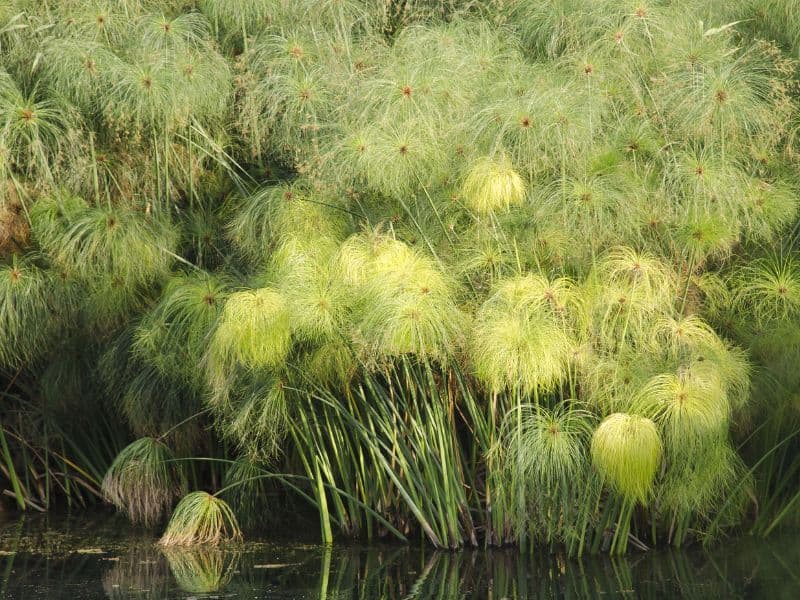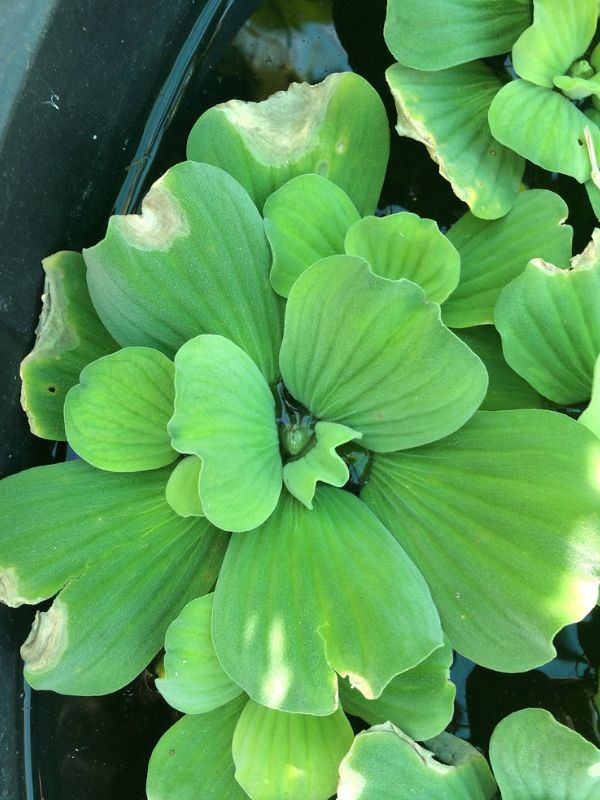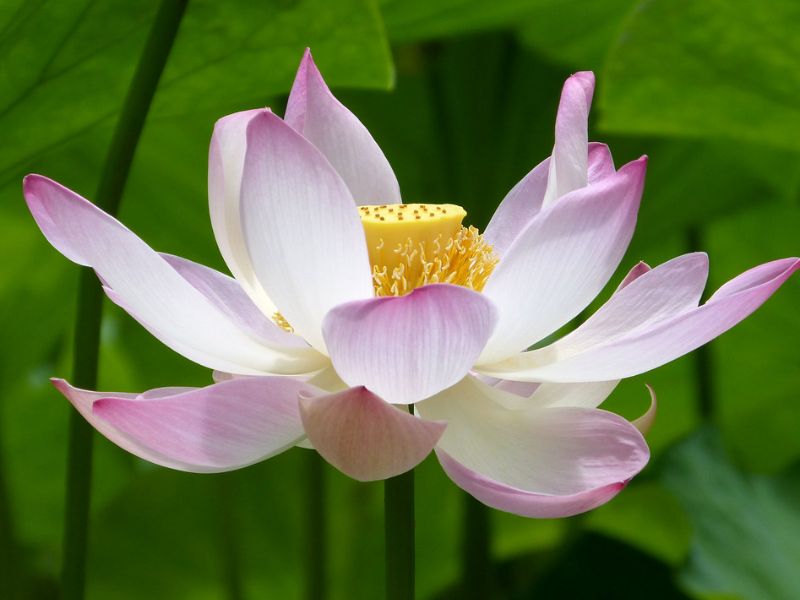Aquatic and Water Plants
Aquatic plants, also known as hydrophytes, are specialized plants that thrive in water environments, both saltwater and freshwater. These plants are essential for maintaining healthy ecosystems, providing shelter, oxygen, and food for aquatic wildlife. Here’s an overview of aquatic plants, their benefits, and care tips to help you create a thriving water garden.
Aquatic plant types and examples
- Floating plants
These plants float on the water’s surface and absorb nutrients directly from the water, acting as natural filters that help control algae.
Examples:- Duckweed (Lemna)
- Fairy Moss (Azolla)
- Water Hyacinth (Eichhornia crassipes)
- Water Lettuce (Pistia stratiotes)
- Submerged plants (Oxygenators)
Fully submerged in water, these plants improve water quality by absorbing excess nutrients and providing shelter for aquatic life.
Examples:- Canadian Pondweed (Elodea)
- Hornwort (Ceratophyllum)
- Marginal (Shallow water) plants
Also called bog plants, these grow in shallow water along pond edges and add height, color, and texture to water gardens.
Examples:- Arrowhead (Sagittaria spp.)
- Cattail (Typha spp.)
- Cardinal Flower (Lobelia spp.)
- Water Iris (Iris laevigata)
- Yellow Flag (Iris pseudacorus)
- Deep-water plants
These sun-loving plants grow with their roots submerged and their leaves floating or emerging above the surface, providing shade and oxygen.
Examples:- Water Lily (Nymphaea spp.)
- Lotus (Nelumbo spp.)
- Victoria Lily (Victoria spp.)
Benefits of aquatic plants in water gardens
- Water filtration: Absorb excess nutrients, reducing algae growth.
- Oxygen production: Release oxygen, improving water quality.
- Shade: Floating leaves provide shade, helping to cool the water and shelter fish.
- Biodiversity: Attract beneficial insects like dragonflies and support aquatic wildlife.
- Aesthetic appeal: Add natural beauty with vibrant flowers, lush greenery, and unique textures.
Planting and care tips
- Planting methods:
- Use pots, crates, or built-in pockets to hold soil and contain plant growth.
- Line containers with landscape fabric or burlap to prevent soil leakage.
- Avoid soil with organic matter to minimize algae growth.
- Fertilizing:
- Liquid fertilizers: Ideal for floating plants, added directly to the water.
- Tablets: Placed in pots during the growing season.
- Granular fertilizers: Used when planting to support long-term growth.
- Designing a water garden:
- Incorporate a mix of floating, marginal, submerged, and deep-water plants for balance.
- Ensure that 40–50% of the water surface is covered with floating leaves to control algae.
- Avoid placing water lilies near fountains, as constant splashing can hinder their growth.
- Care tips:
- Place plants in a location with 4–6 hours of natural or artificial light.
- Use LED or fluorescent grow lights to avoid excess heat.
- Avoid soaps or detergents when cleaning containers, as they can interfere with plant health.
- Replenish evaporated water rather than replacing it entirely to maintain water balance.
- Add activated charcoal to help keep water clear and odor-free.
Important considerations
- Growth control: Aquatic plants can spread rapidly under ideal conditions. Regular maintenance is essential to prevent overcrowding.
- Winter care: Hardy species can overwinter in colder climates, while tropical species may need to be moved indoors or treated as annuals.
Load more


